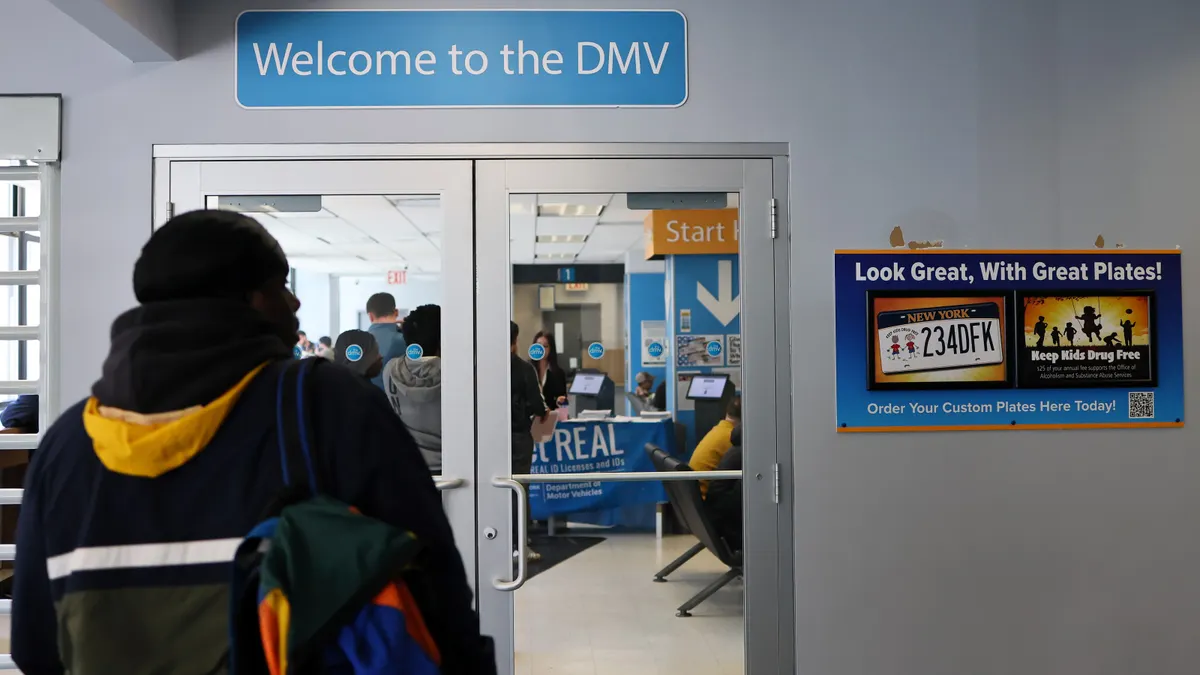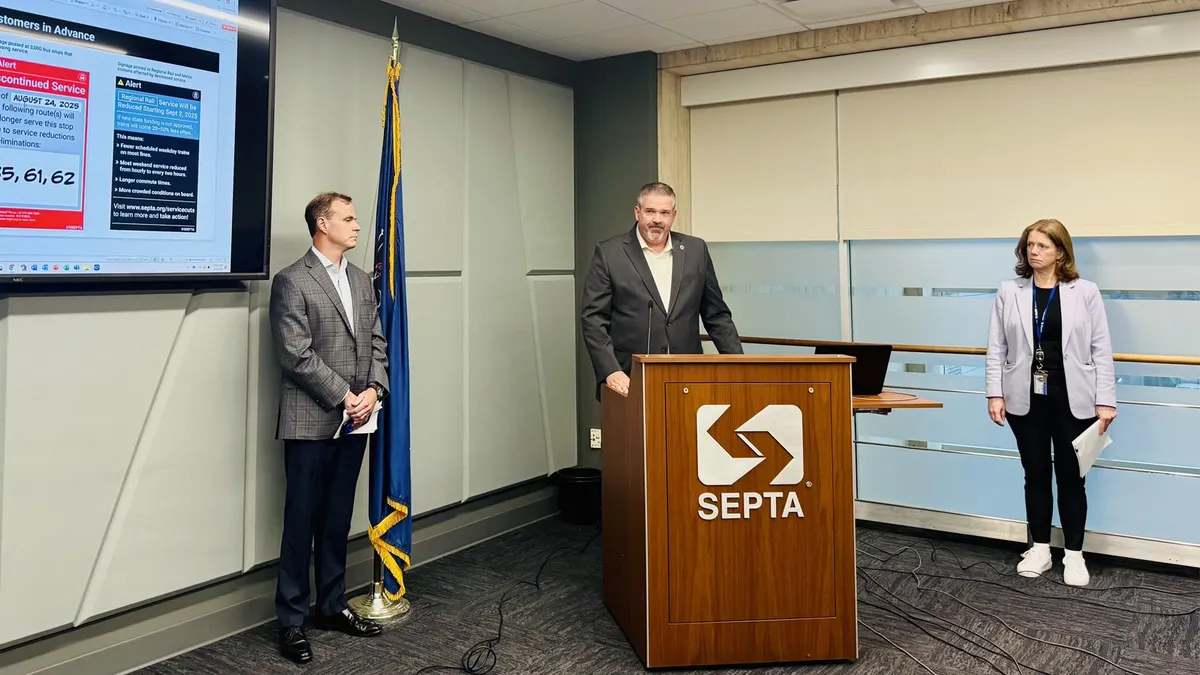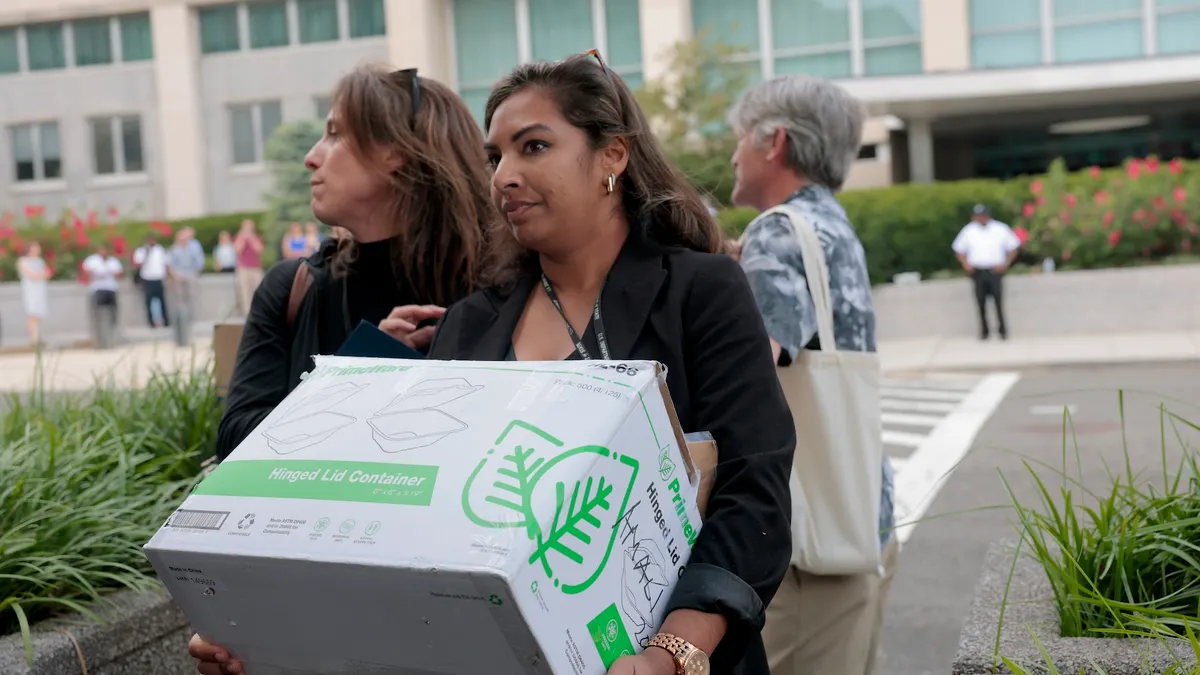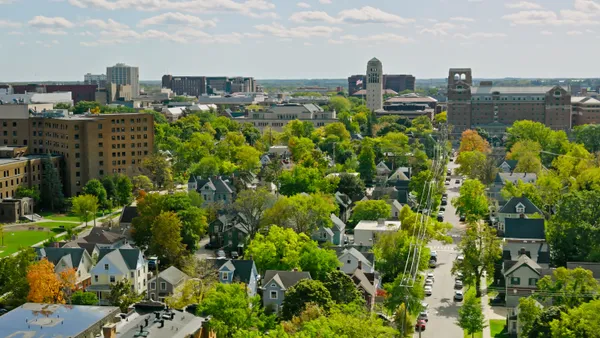Editor's note: This article was originally published in American City & County, which has merged with Smart Cities Dive to bring you expanded coverage of city innovation and local government. For the latest in smart city news, explore Smart Cities Dive or sign up for our newsletter.
Across the U.S., smaller cities and rural communities face an uphill battle addressing local and regional challenges with limited access to resources, networks and funding. While research and collaboration have the potential to drive meaningful change, many communities don’t have the luxury of participating in purely theoretical projects that produce insights without practical impact. Too often, well-intended research exists in a vacuum and, as a result, is disconnected from the realities on the ground. Instead, what communities need are solutions that address the actual needs of residents.
The key to bridging this gap? Strategic, cross-sector partnerships. When local governments, nonprofit organizations, academic institutions and private companies come together with a shared vision, they can tackle complex problems in ways that communities alone cannot. Each partner brings a unique perspective to the table. Local governments understand the needs of their residents and the logistics of implementation. Nonprofits have deep community ties and can make sure projects are inclusive and equitable. Universities offer research-backed expertise, while private organizations provide the funding, technology and infrastructure to scale these initiatives.
These are exactly the kinds of partnerships we champion at Partnership for Inclusive Innovation (PIN), a public-private collaboration launched in 2020 in Georgia to promote innovation and economic prosperity. We believe that progress starts with identifying community pain points first, not with research in search of a problem. Only then can we find the right partners to address them. Our focus is on applied research, where partnerships lead to real action.
Take a recent collaboration in Millen, Ga., as an example. Through our Community Research Grant Program, which supports multi-stakeholder partnerships across the Southeast, this project focuses on AI solutions for safer pesticide use in cotton farming. This project is a joint effort between the city of Millen, Georgia Southern University, University of Georgia Cooperative Extension Southeast District Area, Jenkins County High School, Statesboro High School and the California-based company Farmsense Inc. The goal? To support data-driven decision-making for farmers, allowing for reduced pesticide application and increased protection for both the environment and public health at large.
Rather than producing theoretical findings that sit on a shelf, this research is designed to promote sustainable agricultural practices and keep farmers safe on the job. By leveraging the expertise of local educators, agricultural experts and the private industry, this collaboration is providing tangible results not only for the community but also paving the way for broader adoption of AI in the agricultural industry.
While projects like this are indicative of the power of collaboration, many communities still struggle to connect with the right stakeholders. But the good news is that building partnerships doesn’t have to be complicated. Here are a few tips:
1.Look beyond traditional partners. When building your partnerships, it’s easy to default to familiar collaborators you may have worked with before. While these stakeholders can indeed be important partners, try to think outside of the box. Consider engaging organizations or individuals who might not immediately come to mind or are underrepresented in local initiatives. Neighboring communities, for example, can offer an untapped pool of resources, perspectives and partners. We’ve seen this in our Leaders Program, where the most successful entrepreneurial ecosystems are those that have multiple, often unexpected, collaborators.
2. Always involve local government. Local governments have the unique ability to connect the dots, which is what makes them indispensable partners in any community-focused initiative. They are the subject-matter experts on their geographical areas, providing insight into the community’s history, challenges and needs. Local governments also serve as critical connectors, helping to identify which neighborhoods or organizations should be engaged to ensure partnerships are grounded in the priorities of the people they’re meant to serve. They can recognize the nuances that will make or break a project.
3. Understand each partner’s goals. Successful partnerships are built on mutual benefit. It’s not always enough to rally around a shared mission; each partner must feel that their individual goals are being met. For instance, a university partner may seek opportunities for applied research and student engagement, while a nonprofit might prioritize immediate results for the community. Before launching into a project, take the time to have conversations with each partner to understand their priorities and motivations.
4. Focus on long-term relationships. The best partnerships aren’t transactional, they’re built on a commitment to longevity. All too often, stakeholders form alliances for a single project and move on once they’ve achieved their immediate goals. This short-term mindset can cut the momentum short, resulting in missed opportunities for further impact. Instead, prioritize relationships that go beyond single initiatives, allowing you to tackle new challenges together. These long-term collaborations might even open the door to larger funding opportunities, as they often inspire greater confidence among potential funders.
Change doesn’t happen in isolation. It’s built on the collective efforts of those willing to work together and commit to the long game. Just imagine what pressing issues in your community could be solved with the right partners at the table—all it takes is a willingness to start the conversation.
Commentary is a space for state and local government leaders to share best practices that provide value to their peers. Email Smart Cities Dive to submit a piece for consideration, and view past commentaries here.
About the Authors
Katie O’Connor, AICP, is the community research manager with the Partnership for Inclusive Innovation (PIN). In this role, she is responsible for advancing community research through meaningful engagement between municipalities and researchers, using the Community Research Grant Program and similar programs as a vehicle to improve the human condition.
Driven by the desire to improve access to resources in smaller and rural communities, Jamal Lewis is the economic opportunity manager for the Partnership for Inclusive Innovation (PIN), a role that allows him to help create and prepare the next generation of entrepreneurs and innovators.

















